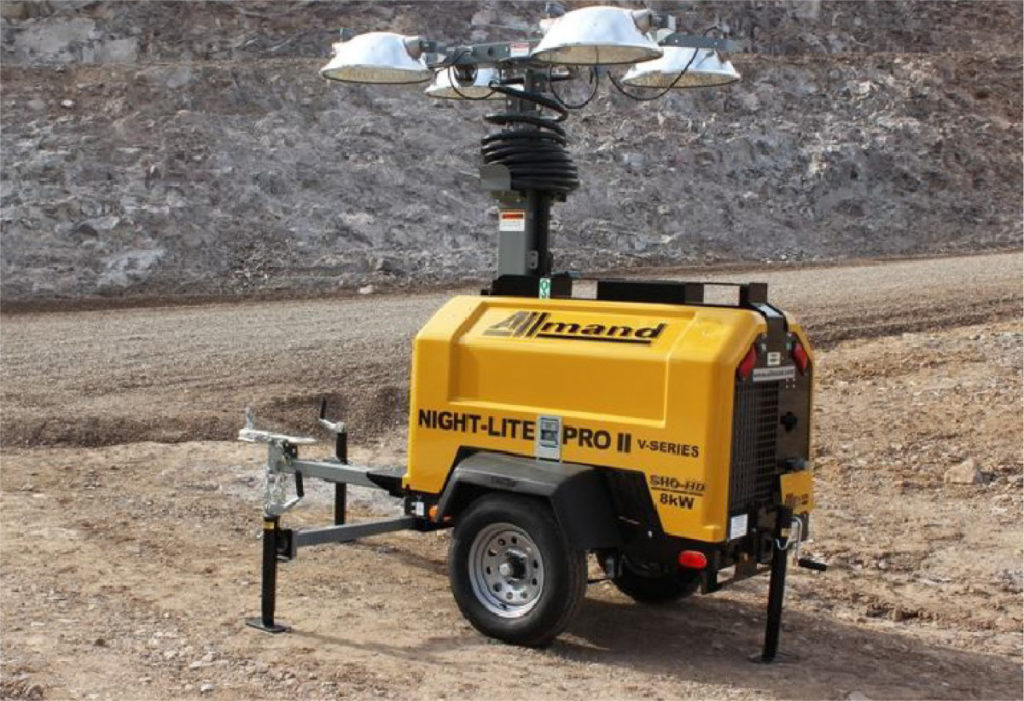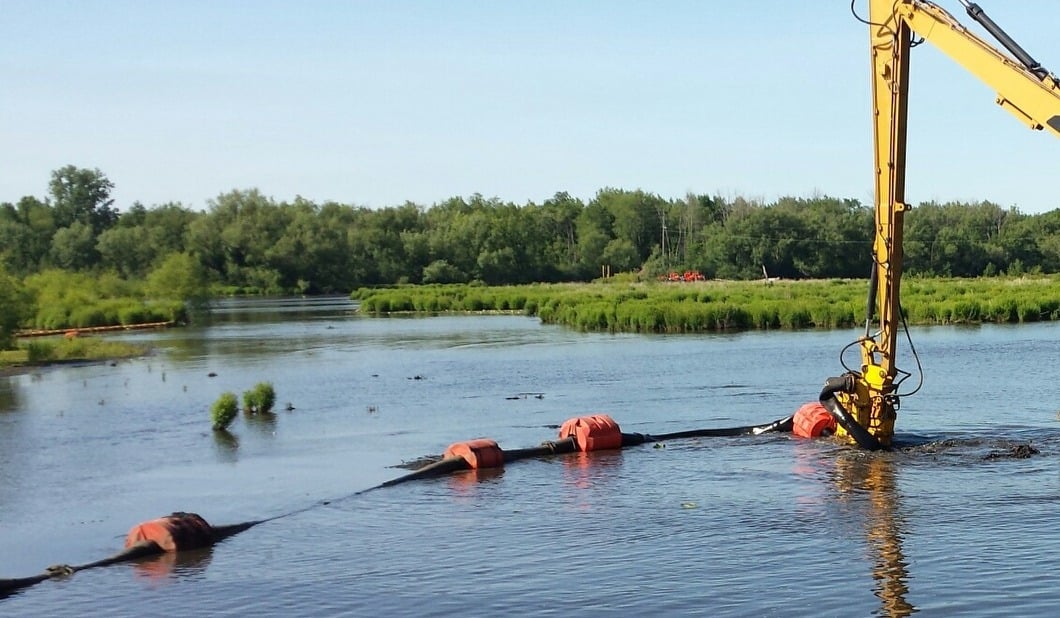All Regarding Oil Field Equipment and Pipeline Equipment: Secret Insights and Necessary Details
Oil field equipment and pipeline systems play a crucial duty in the oil and gas industry. They are essential for the reliable removal and transport of hydrocarbons. Key elements, such as piercing rigs and tank, straight influence operational success. Improvements in technology assurance to improve safety and security and efficiency. Comprehending these elements is crucial for anybody entailed in or interested in this intricate market, as it sets the phase for deeper exploration of market methods.

Summary of Oil Field Equipment
As the demand for oil proceeds to expand, understanding the equipment utilized in oil areas becomes increasingly essential. Oil field equipment includes a wide variety of equipment and devices important for expedition, extraction, and handling. Key parts consist of piercing rigs, which are crucial for getting to oil storage tanks, and production devices, such as separators and pumps, that assist in the removal process. Superior Oilfield pipeline equipment rentals. Additionally, storage space tanks play a considerable duty in holding crude oil prior to transport. Security tools, including blowout preventers and stress determines, ensures functional safety and efficiency. Each tool functions cohesively to enhance production and maintain efficient operations. Familiarity with this devices is essential for professionals in the industry to guarantee successful operations and adherence to security criteria
Types of Drilling Rigs and Their Applications
Drilling rigs act as the backbone of oil removal procedures, with various kinds made for certain geological problems and functional needs. The most typical kinds include rotating exploration rigs, which use a rotating drill bit to pass through the earth, and wire tool rigs, understood for their percussion boring approach. For overseas procedures, jack-up rigs and semi-submersible rigs provide stability and support in marine environments. Furthermore, directional boring rigs enable operators to pierce at angles, reaching deposits that are not vertically available. Each gear type has distinct advantages, enhancing efficiency and safety based on the exploration atmosphere. Choosing the suitable gear is essential for making the most of resource extraction while minimizing environmental influence and functional prices.

Essential Pipeline Equipment and Their Features
Pipeline framework is essential for the transport of oil and gas from removal sites to processing centers and end-users. Various necessary equipment elements promote this procedure. Pipelines themselves act as the primary channels, developed to withstand high stress and corrosive substances. Pump terminals are important for preserving circulation by enhancing stress along the pipeline. Valves play a crucial role in managing circulation and separating areas for maintenance. Additionally, fittings and adapters ensure safe joints in between pipe sections. Monitoring systems, consisting of flow meters and pressure sensing units, are important for spotting leakages and maximizing circulation rates. Pigging tools is utilized for upkeep and cleaning, protecting pipeline integrity and performance. With each other, these components develop the backbone of a dependable pipeline system.
Developments and Technologies in Oil and Gas Equipment

Safety and Maintenance Practices in the Oil Market
While the oil industry has made substantial strides in technology and efficiency, the relevance of robust security and upkeep practices can not be overstated. Reliable security protocols are vital to safeguard employees and the setting, decreasing the risk of accidents and spills. Regular evaluations and upkeep of devices help recognize prospective problems before they intensify, making certain operational integrity. Educating programs for staff members are essential, stressing the significance of security understanding and emergency feedback treatments. Additionally, adherence to industry laws and standards fosters a culture of safety. Applying advanced surveillance modern technologies can even more improve upkeep techniques, allowing for real-time evaluations of tools problems. Eventually, focusing on security and upkeep is indispensable to the sustainability and success of the oil sector.
Often Asked Concerns
What Are the Environmental Impacts of Oil Field Equipment?
The ecological impacts of oil field equipment include environment damage, water contamination, look these up and air contamination (Superior Rentals fusion machines). Additionally, tools malfunction can bring about spills, adversely influencing wildlife and communities, highlighting the need for strict regulations and monitoring
Exactly How Is Oil Field Equipment Transferred to Remote Locations?
Delivering oil field equipment to remote areas commonly entails specific vehicles, helicopters, or barges. Logistics firms coordinate paths, guaranteeing equipment shows up securely and efficiently, thinking about surface and access to reduce hold-ups and make best use of productivity.
What Regulatory Standards Govern Oil Field Equipment?
Regulative requirements governing oil field equipment largely include safety and security, ecological security, and operational performance standards. Agencies such as OSHA and EPA apply these guidelines to guarantee secure practices and decrease ecological impact in oil extraction operations.
What Abilities Are Needed to Operate Oil Field Equipment?

Just How Do Oil Rates Influence Equipment Demand and Usage?
Oil rates greatly influence devices demand and usage. Greater rates normally lead to increased exploration and manufacturing tasks, driving demand for equipment. Conversely, reduced rates might lead to decreased operations and decreased requirement for devices.